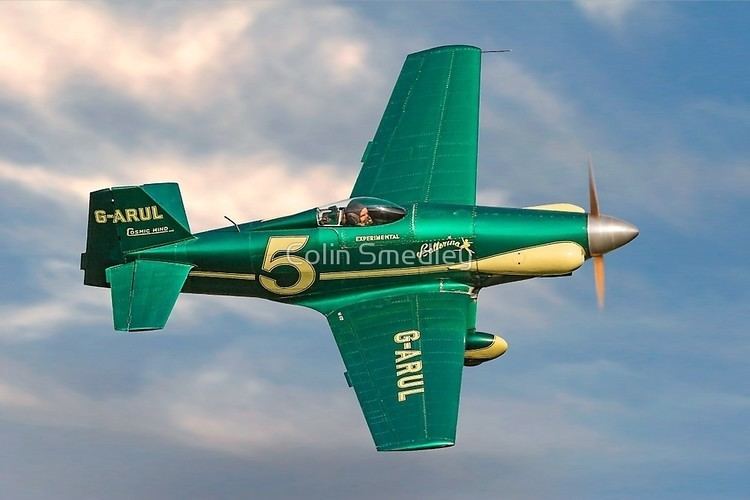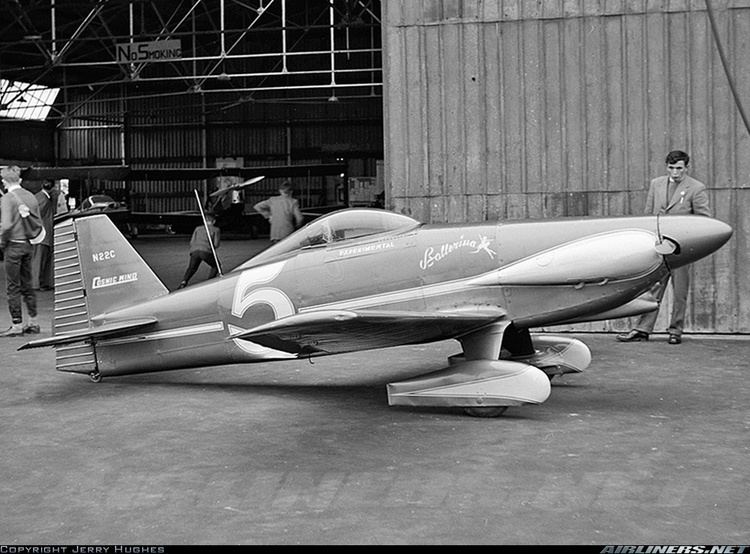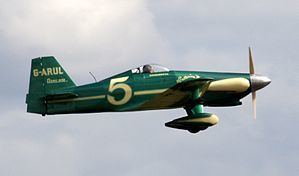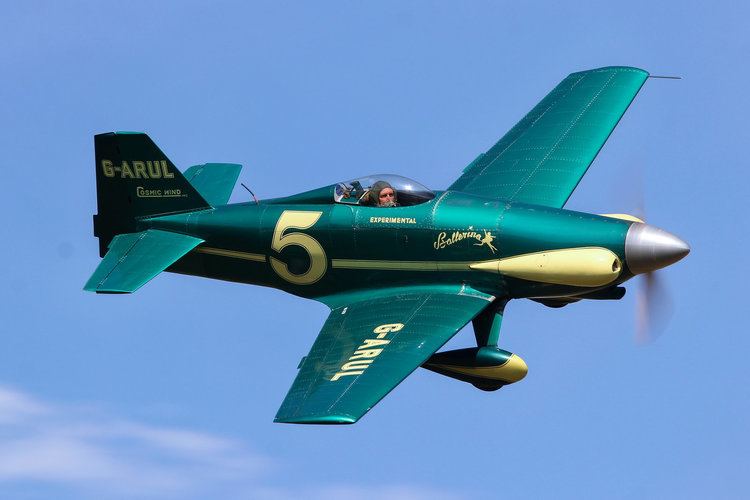Top speed 298 km/h Length 5.08 m | Wingspan 5.77 m First flight July 3, 1947 | |
 | ||
Levier cosmic wind display steerman etc 13sep14 duxford airshow uk 258p
The LeVier Cosmic Wind was a small single engine, single seat racing monoplane designed and built by staff of the Lockheed Corporation in 1947. It did not race successfully in the US but one won the premier cross-country competition in the UK in 1964. It still flies today.
Contents
- Levier cosmic wind display steerman etc 13sep14 duxford airshow uk 258p
- De havilland canada beaver and levier cosmic wind at duxford 28th may
- Design and development
- Operational history
- Specifications 85 hp engine
- References

De havilland canada beaver and levier cosmic wind at duxford 28th may
Design and development

The Cosmic Wind was designed and built by Lockheed's chief test pilot, Tony LeVier, and a group of Lockheed engineers. A very small single-seat racer, it was aimed at the Goodyear Trophy for Formula 1 class racers initiated in the US soon after World War II.

It is an all-metal low-wing cantilever monoplane. Wings and tail surfaces are all straight-edged and tapered. The ailerons are full span and carry trim tabs, as does the full-fin-depth rudder. The undercarriage is fixed, with streamlined main legs and wheels in long fairings. The roller tailwheel is tucked into the rear corner of the fuselage behind the rudder. The cockpit is enclosed with a small, single-piece, perspex canopy. The first aircraft were powered by 85 hp (63 kW) Continental C-85 horizontally opposed engines but more recently at least four have used the 100 hp (75 kW) Continental O-200-A. The engine installation includes a large pointed spinner and long, bulbous cylinder head/exhaust fairings.
Operational history

Three Cosmic Winds were built at Lockheed's between 1947 and 1948 and a fourth rather later. A fifth was also built in the US by amateur constructors. The last example was built in the UK as late as 1972. The type was not particularly successful in competitions in the 1940s, coming only 3rd and 4th in the 1947 Goodyear Trophy races. One example of the first three, named Ballerina and exported to the UK as G-ARUL, won the King's Cup Race of 1964; it remains active in the UK, and is a regular participant in air displays. The UK-built Cosmic Wind remains on the civil aircraft register as G-BAER, but currently (2010-10) lacks a Permit to Fly.

In the USA, the amateur-built example is now in the EAA AirVenture Museum, Oshkosh, Wisconsin. Another Cosmic Wind, built or modified with a shoulder rather than low wing, is in the Planes of Fame museum, Chino.
Specifications (85 hp engine)
Data from Airlife's World Aircraft
General characteristics

Performance
